COVID-19 prompts a fashion rethink
Shaken by the impact of COVID-19, the fashion industry has been examining its excesses and looking to a new business model.
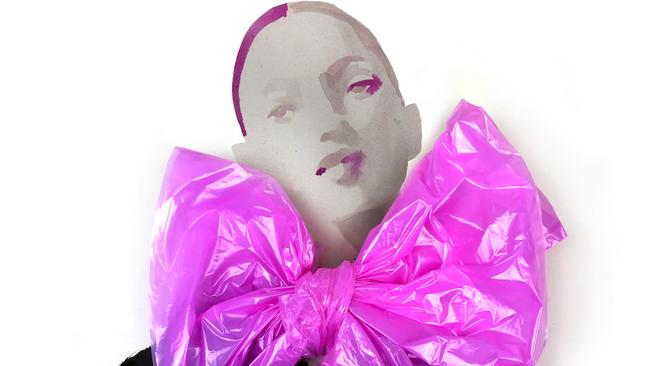
It is a perfect summer’s day where the stunning blue sky is matched only by the colour of the cool water you dive into. As you emerge from the ocean, you spot a nasty piece of rubbish floating by and grab it to throw in the bin. But this is not the only good deed you have done for the planet on this particular day: your bathers are made of that same marine litter — recycled into material using solar power — and the favourite skirt you throw on over the top is crafted from old jeans picked apart and remade into a garment by a local designer.
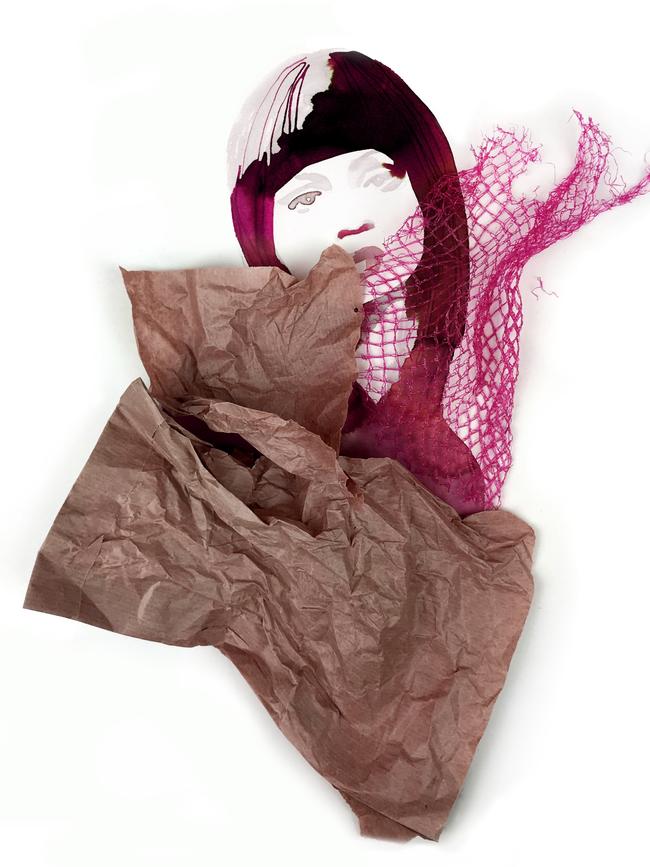
This is the future of fashion, in which less is more. Consumers will buy better, buy less, wear garments more often and for longer. Designers make fewer pieces, release smaller collections less regularly, and even only made-to-order. Circularity is not a novelty, it is the norm. An item may be produced from regenerated or recycled material, is made ethically onshore and lives in a wardrobe for years. When the consumer does tire of it, they take it back to the designer and it is repurposed for other garments. Nothing in the life of a piece of fashion goes to waste.
“I think everyone has known it for a long time, but we have just been creating too much product and that much product uses too many resources,” Australian designer Kit Willow, a leader in the field of sustainable fashion, tells WISH. “There is too much fashion, there are too many styles, the fashion has been too fast and there is too much debt. Designers borrow too much, stores buy too much and the consumers are wearing it for less time. It is just madness. When you actually look at it and really look at the big picture, it is just crazy. It was an era that was 100 per cent unsustainable.”
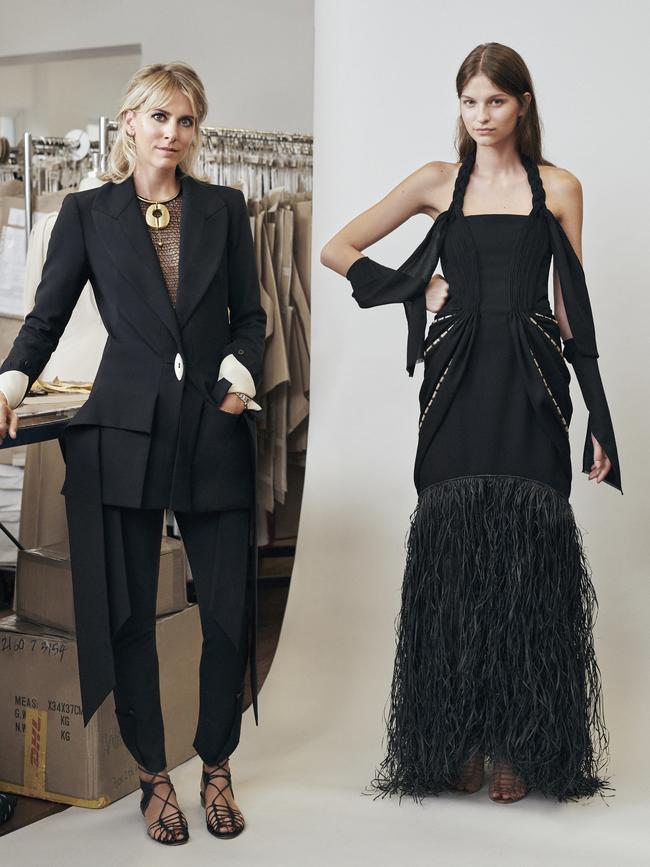
Fashion was slowly – very, very, painstakingly slowly – starting to look at its production and consumption cycle, but it has taken a worldwide pandemic to turn the system upside down on every level, from fashion shows to the seasonal release of collections to where those clothes are made and how they are sold.
A McKinsey & Company/Business of Fashion report released late last year found there was an incredible 93 per cent drop in economic profit in the industry in 2020 thanks to the havoc wreaked by COVID-19 (compared with a 4 per cent rise in the previous year). “2020 has been a year of colossal change,” the report reads. “The past year will go down as one of the most challenging for the fashion industry on record, marked by declining sales, shifting consumer behaviour and disrupted supply chains. What is clear is that the fashion industry will certainly exit this crisis in a very different form from the one in which it entered.”
In 12 months the pandemic has drastically reshaped the fashion industry; the traditional fashion calendar is gone, fashion weeks look completely different, global garment production has been put under immense pressure with border closures, and physical retail has been shut or restricted thanks to lockdowns. Add the fact that consumers are spending more time at home – not on international holidays, in the office or going to big events – and the shift has been colossal to say the least.
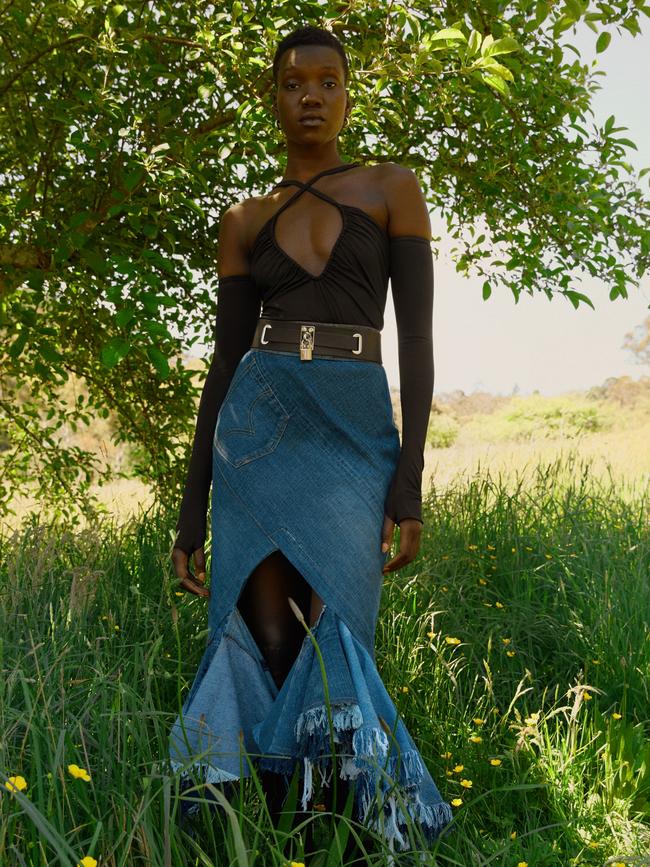
“It has put the consumer first,” says industry veteran Graeme Lewsey of the impact of COVID-19 on fashion. “It seems crazy now when you reflect on it, but so much of the sector has been based on inherited traditions such as show schedules, market activity, collections dropping in the opposite seasons and dictating trends. The supply and demand economics were all wrong.”
Lewsey, who has been running the consumer-focused Melbourne Fashion Festival for a decade, says the purchaser has gone from having an insatiable appetite for “see now, buy now” to becoming what he calls a contemplative auditor. “Maybe lockdown has given us a bit more time on our hands for inquiry, or has at the very least changed our values,” he says. “Consumers seem to be seeking some confidence that a seemingly large checklist is ticked off at time of purchase that queries ethics, climate impact, uniqueness, durability, value, story-telling and experience. The consumer has changed the fashion industry and is setting a new agenda for supply and demand models.”
The McKinsey & Company/Business of Fashion report also found consumer attitudes have changed in the wake of the pandemic, with purchases embracing a “less is more” approach and preferring higher quality garments that last over cheap thrills. “Even before COVID-19, the fashion industry had been edging towards a dangerous threshold. Excessive inventories and widespread markdowns proliferated to the extent that just 60 per cent of garments were sold at full price, creating billions of dollars of lost revenue. During the pandemic, the situation worsened,” the report stated. “It [COVID-19] has accelerated not only a pre-existing critique of consumerism, but also the increased importance of sustainability in purchasing decisions and the rise of circular business models.”
Even Willow, who has led the charge on sustainable fashion in Australia since starting womenswear label KitX in 2014, was shocked by the figure that 40 per cent of garments made were not sold at full price. “It is just insane,” she says. “And where does all this product come from? It comes from the earth; it comes from oil, it comes from petro-chemicals, it comes from soil and trees. We are drawing on more and more resources and creating more and more pollution and emissions.”
The designer says her purpose in starting KitX was not only to make beautiful clothing for women but to create fashion that has a positive impact on the planet; profit comes next. Her business is guided by three pillars of sustainable sourcing: that all materials are natural and made from organic matter that can decompose in nature and that are non-toxic (such as linens and cottons); if synthetic materials are used, they are created from upcycled waste (like marine litter); and artisan techniques are employed to revive age-old traditions that focus on handmade not factory-made garments.
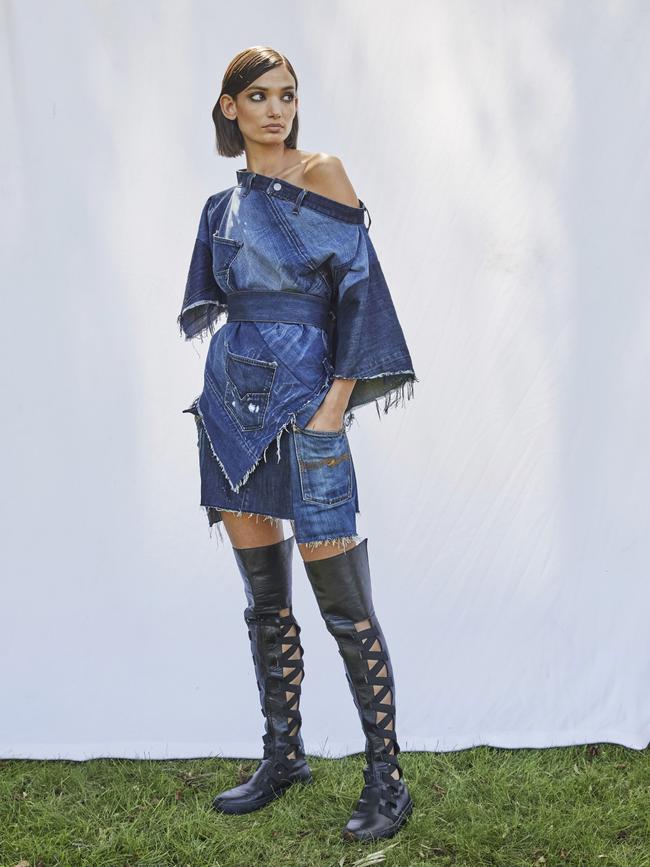
Willow has recently experimented with repurposing discarded clothing into new pieces, with great success.
“One of the most exciting initiatives recently at KitX is we had work experience kids going through Salvation Army stores and finding pairs of jeans. We put them through industrial washing machines and then we unpicked every single seam, even the pockets,” she explains to WISH over the phone from Melbourne. “Then we cut them and made a new shape – a skirt – out of waste denim. No new materials used, very little water and every single skirt a different shade of blue. The product looked amazing. It didn’t look like it was made from old jeans at all, it looked really cool.”
The skirts quickly sold out. “To me this is the future and 100 per cent where we are going,” Willow says. “It is not so much about sustainability; it is almost beyond that for us. It is about regeneration.”
KitX is also launching a lingerie/swimwear line made from marine litter that is turned into material in Italy using solar power. There are even scrunchies for sale created from discarded fabric samples.
As well as looking at where her fabrics come from, Willow is looking at how she sells her products. She has been ramping up direct-to-market sales instead of selling wholesale – and that means selling to the consumer directly through her store in Paddington and online. “It means we control the timing, we control how long it goes on display,” she explains. “What I would like to do is extend the life of a product for a customer. So why does a really fabulous dress that people would love for the rest of their lives only have to be on the floor and sell for 21 weeks? If it doesn’t sell in that time, it gets discounted. Why? Who decides that? When it is good, it finds its customer.”
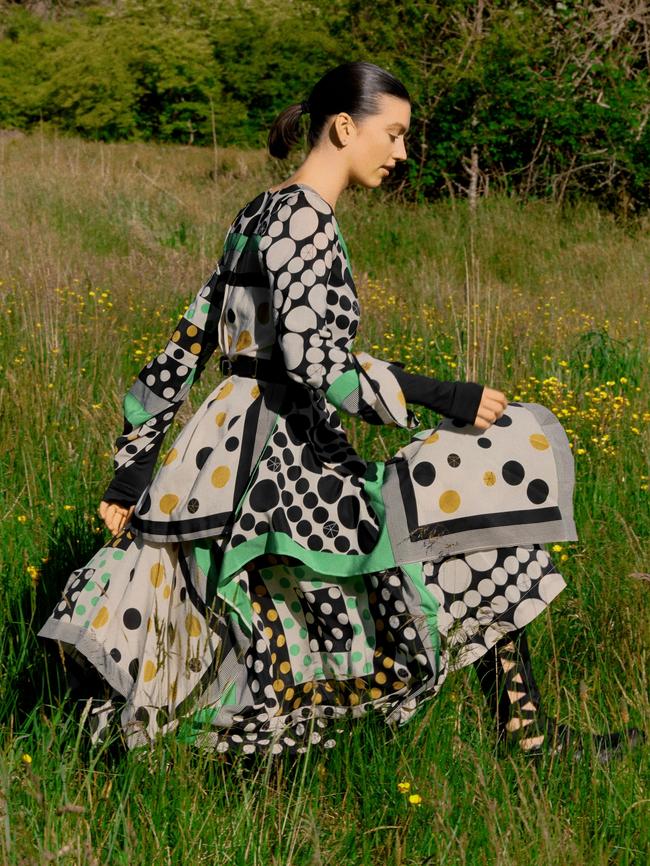
Willow took this approach in 2020 and it has had great success for KitX (despite the havoc caused by the global pandemic). The designer has fewer options, fewer styles and therefore less debt. She doesn’t let her pieces go on sale, thus extending the life of the garments. “We probably have 15 styles like that but when we wholesale them [to other stores], they get sucked into the market culture,” she says. “I think the next decade in fashion will be about getting rid of this markdown mentality, and that there is less acquisition and more love of a product and a greater life of a product by the customer.”
She believes COVID-19 has not only accelerated the rise of the conscious consumer – a trend covered by WISH in July last year – but has also changed the fashion cycle (where designers show collections up to four times a year, produce clothing off this schedule and then sell for a short period) permanently. “What it has done is that it has not made everyone move onto another cycle, there are just hybrids everywhere now,” she says. “I think it has shown we can design our own systems that can be equal, if not more efficient and effective for each individual business.”
The other takeaway from the pandemic is the importance of provenance – where a garment is made and by whom. This has not only come about because of the disruption caused in supply chains across the world by COVID-19, but also because consumers are realising that if clothing is cheap to buy it is because someone or something else is paying the cost – whether it is the workers making it in another country being underpaid or the impact the garment has on the planet’s resources. The McKinsey & Company/Business of Fashion report suggests that the most successful fashion companies in the future will be those embracing and empathising with ethical and sustainable practices.
“Consumers (and increasingly, investors) will reward companies that treat their workers and the environment with respect, and the deeper relationships that emerge will bring benefits in agility and accountability,” the State of Fashion 2021 report says.
Willow has always used ethical production overseas but last year she went one step further and decided to bring all of her manufacturing back to Australia. It is not an easy thing to do as the infrastructure and skills required aren’t all available.
“I just thought that if I can’t make more complex products here, then let’s create product that is not as complex, so that is what we did,” she says. “And in making here, it means we are producing less [because we can do smaller runs] and then what has been working, we have been reordering and re-cutting, so it is more of reaction to demand and a much stronger business model for us.” She believes that there will be a move back in fashion to manufacturing in Australia but it will take time, especially for larger retailers that have bigger demands and a greater number of clothing styles.
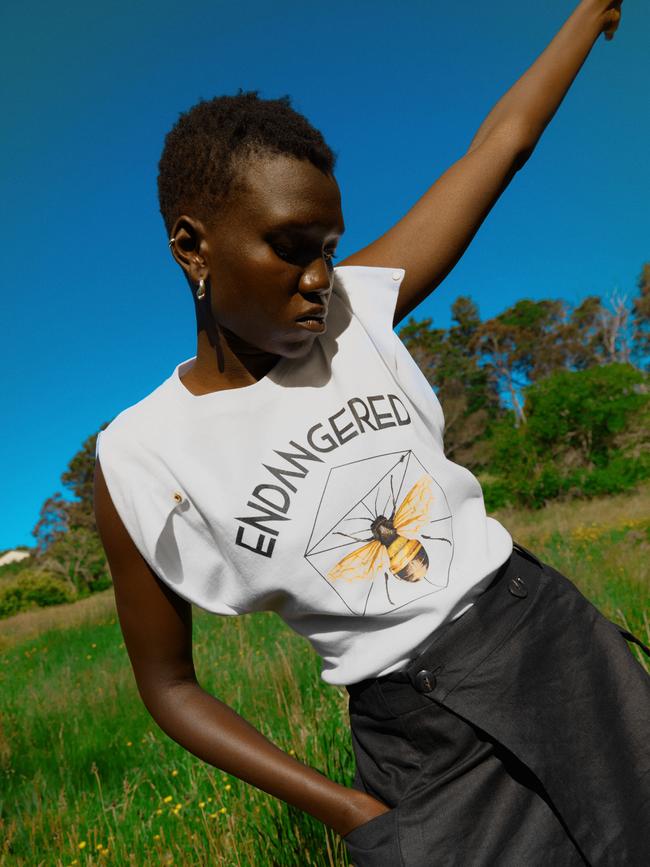
Lewsey also believes that in the next decade more consumers will place a premium on local labels, and this should extend to embracing indigenous fashion. “I want a future where Australian designers are the preference and not just the convenience,” he says. “You would also hope that there’s no need to talk about circularity or sustainability in fashion because it will be the norm.”
The other undeniable factor about Australian designers making fashion here is the inevitable higher price point. For Willow, that is not a problem. “It is going to be a little more expensive and it should be, because it requires a huge amount of energy and human resources and wages that are actually liveable on,” she says. “We need people to be able to make a living creating clothing and so it is not abusing human rights.” Another consequence of this is that people may buy less and instead buy more high-quality garments that last longer and they wear for more than one season. “The simplify and edit lesson that we are learning from this pandemic will hopefully steer a stronger focus on better design, better product and better life-span,” adds Lewsey. “It is all about less is more.”
Willow feels incredibly positive about the future of her brand and the fashion industry; she is even inspired by her teenage daughter and her friends choosing vintage over Zara. “I just notice a lot of people are much more aware that we used recycled material and they are much more engaged with it,” she says. The McKinsey & Company/Business of Fashion report also states that this is the future, concluding that “circularity is going to be one of the key business trends of the next decade”. It warns though that is it not the kind of revolution that can “be led by a few leaders while the others wait and see”. But Willow believes that even fast fashion can be part of a circular system in the future: “If there is still that insatiable desire to acquire in the next decade or so, maybe you wear it once or twice and it turns into a tree? That would be a good way of fast fashion working!”


To join the conversation, please log in. Don't have an account? Register
Join the conversation, you are commenting as Logout